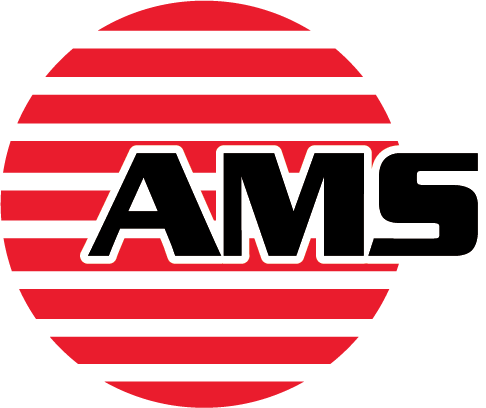New technology means ‘New Answers’ in a seasoned industry.
AMS Industries throughout its history has worked under just about every contractual relationship possible. We’ve collaborated with owners, A/E firms, general contractors, as well as multiple other subcontractors. We have worked under teaming arrangements, including integrated project delivery (IPD), which require various degrees of collaboration. Many of these relationships have been ones we have maintained throughout the history of our company. We have found most of these efforts to be antiquated, and have taken steps to institute the change our industry needs.


